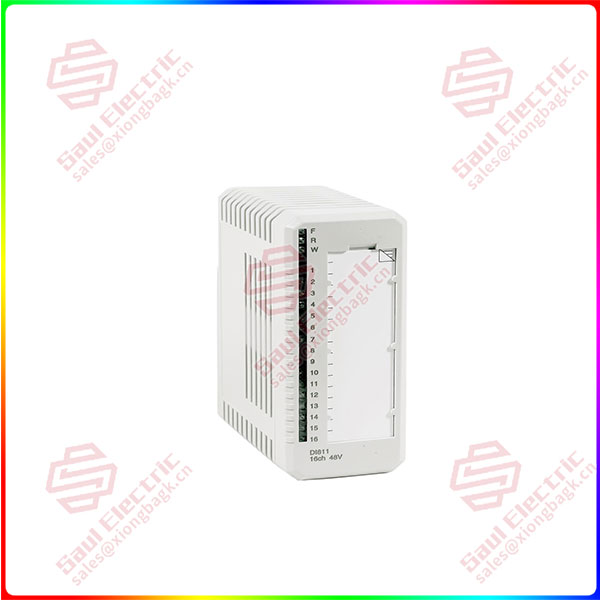Decision level: The key to determining the performance of industrial robots
The controller plays the role of “cerebellum” in the robot structure, which is the main factor to determine the robot performance. The controller receives the sensor information and generates the corresponding control command accordingly to control the robot to complete the action task. The controller consists of two parts: hardware and software. The hardware is the control computer and the teaching device. The teaching device is a hand-held device for manual manipulation, configuration and programming of the robot. The software is mainly the application software and system with the control algorithm as the core. The working principle of the controller is to compare the input signal of the detection unit with the set point signal, and calculate the deviation signal, and then output the calculation result to the actuator, and the actuator changes the control variable and outputs it to the controlled object.
In ABB’s case, OmniCore Industrial robot controllers provide powerful performance for industrial robots. Among them, the C Series is a compact controller of the OmniCore family, which is not only greatly reduced in size, but also has flexible integration capabilities. The E Series is an ultra-compact controller designed to meet the needs of customers running compact electronics assembly lines. The V Series (Extra Tough) is a medium controller in the modular OmniCore controller family, optimized for medium and large robots in industrial environments, such as MH/MT, arc welding.

DI811
3BSE008552R1
ABB’s IRC5 is the industry benchmark for robot controller technology. ABB IRC5 controllers are available in single-cabinet, dual-cabinet, and compact models. The single-cabinet IRC5 consists of two hardware parts: the controller and the FlexPendant demonstrator. Users can program the robot in the FlexPendant or in the RobotStudio on the FlexPendant. In addition, IRC5 adopts a flexible modular distributed design. The modular distributed design is more flexible than the centralized controller. The IRC5 consists of a control module and a drive module. The optional process module allows the IRC5 to flexibly control a six-axis robot and a servo-driven workpiece positioner. Among them, the control module has its own main computer, which is capable of performing advanced control algorithms, performing compound path calculations for up to 36 servo axes, and directing four drive modules. In addition, IRC5 provides flexibility, security, modularity, application program interfaces, multi-robot control, and PC tool support.
ABB controllers are supported by their superior motion control technology. QuickMove, TrueMove and MultiMove are ABB’s core motion control technologies, which play an important role in improving robot performance metrics such as accuracy, speed, cycle time, programmability and synchronization with external devices. TrueMove ensures the path accuracy of the robot, which can ensure that the robot’s motion path will follow the programmed path regardless of the speed or operation mode, even after the safety protection is stopped, the process is stopped, the program is stopped or the power is cut off. QuickMove can realize motion control in a short period of time, and can automatically optimize the acceleration and speed of the shaft according to different tasks, so as to achieve more efficient and accurate motion control, improve the production efficiency and accuracy of the robot, and the cycle speed is 25% faster than that of the competitor. The introduction of MultiMove further consolidates ABB’s leading position in advanced robotic systems and capabilities, enabling up to four robots to operate together.
B&r Control Systems provide a powerful integrated architecture for ABB robots. According to the company’s official website, in April 2017 ABB announced the acquisition of B&R, B&R is a leader in the industrial software industry, is a true leader in PLC, industrial PC, servo system control, it has a complete integrated architecture. In 2019, ABB and B&R jointly developed a solution to integrate ABB robots into B&R’s machine control systems. The scheme simplifies the programming of robot, realizes the parallel work of workbench and robot, improves the synchronization of robot motion and sensor, realizes the simulation of robot, and makes the development more convenient.
 1 Year Warranty
1 Year Warranty





